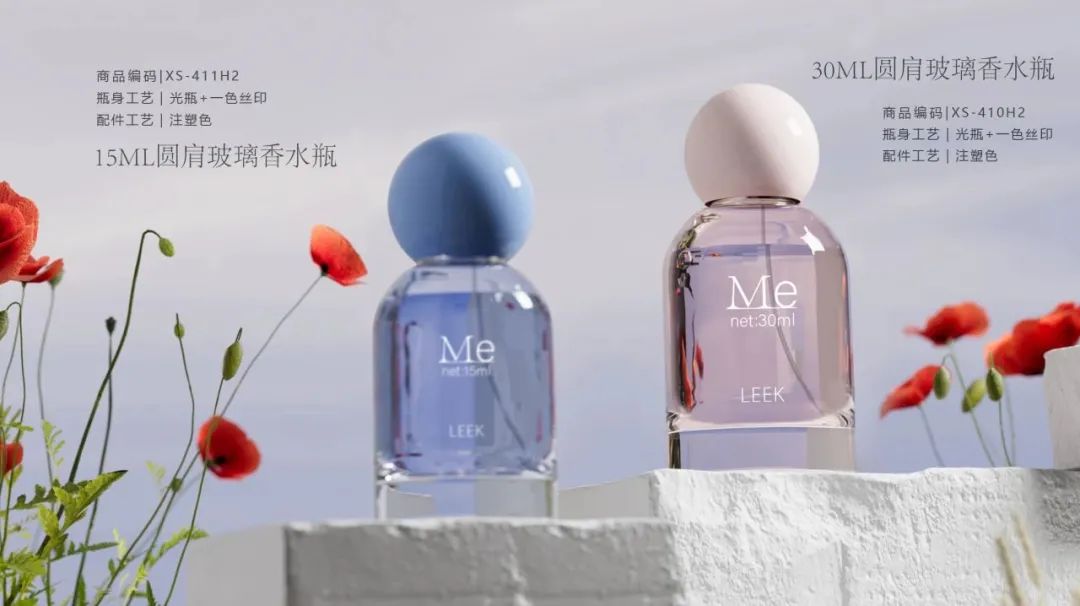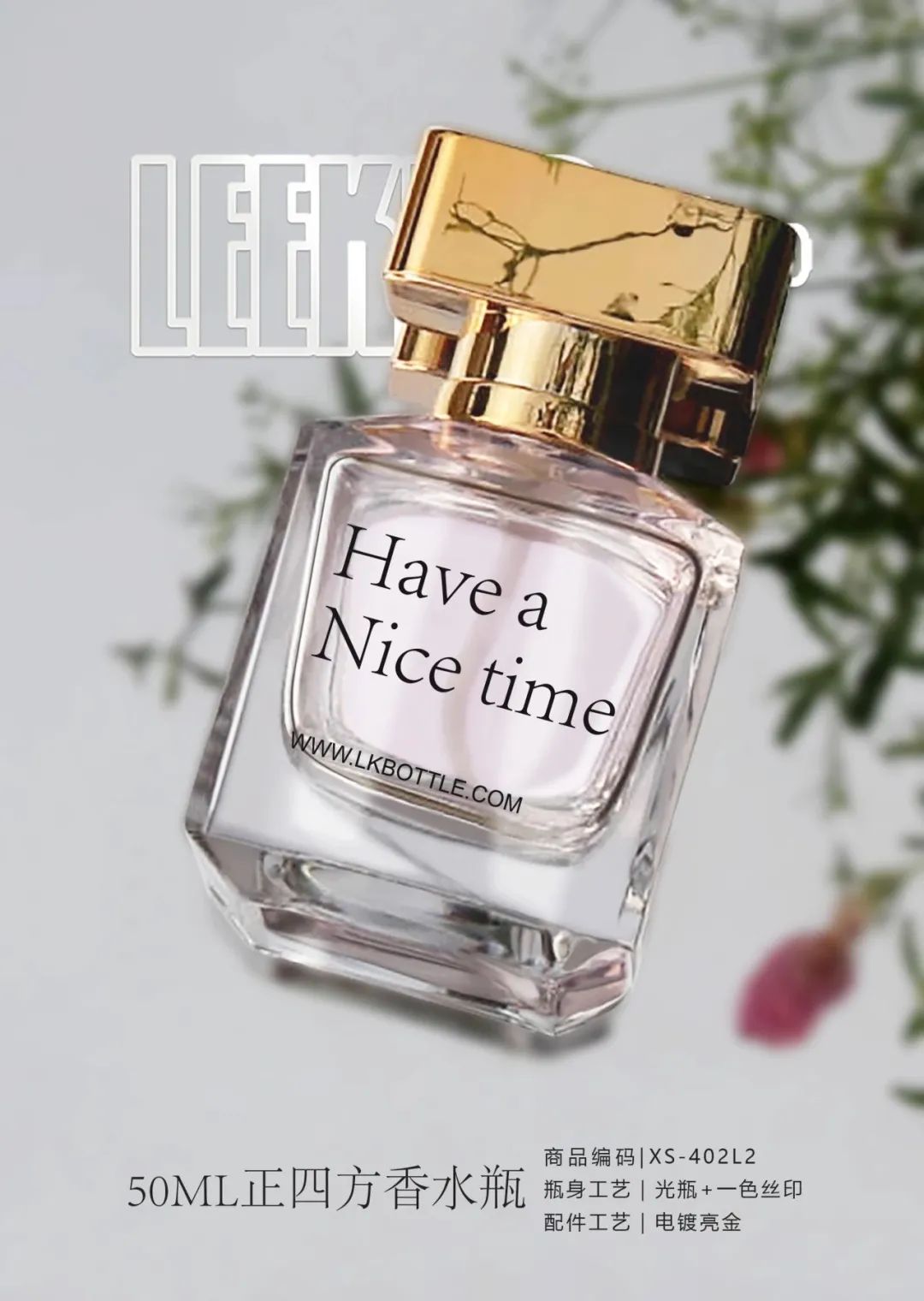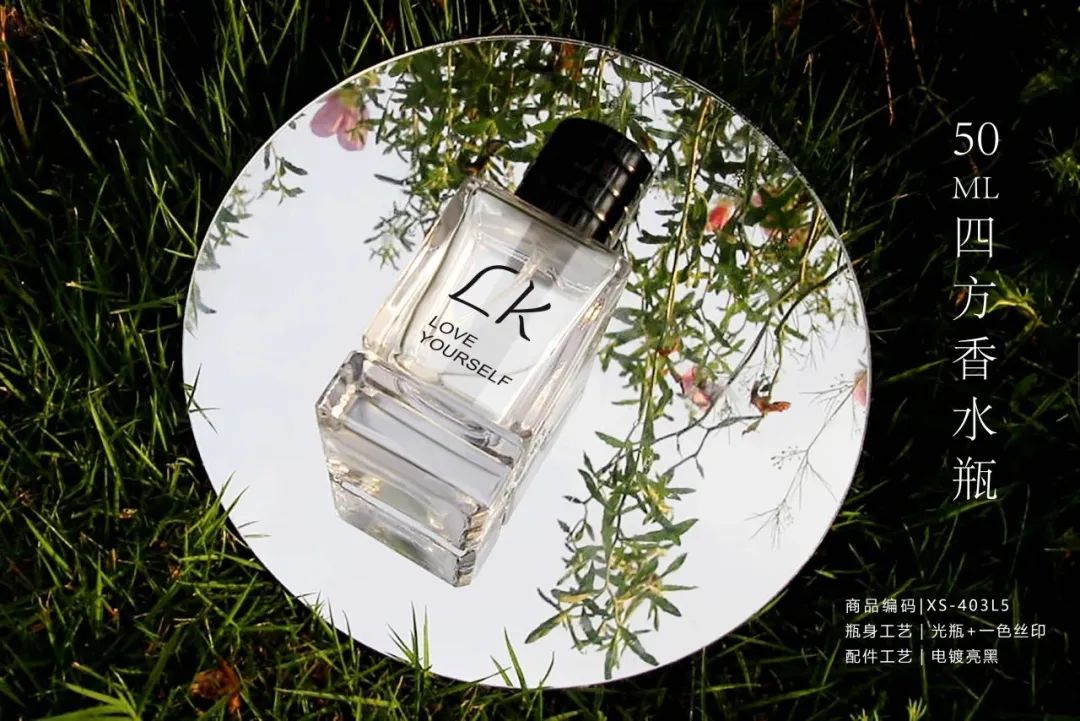The bottle that houses a perfume is almost as important as the fragrance itself in creating an exceptional product. The vessel shapes the entire experience for the consumer, from aesthetics to functionality. When developing a new fragrance, meticulously choose a bottle that aligns with your brand vision and enhances the scent inside.
Design and Shape
Fragrance bottles come in an endless array of shapes, colors, and decorative details. Common silhouette styles include geometric, ribbed, ornate, minimalist, retro, novelty, and more. The design should complement the fragrance’s personality and notes. Feminine florals often suit curved, graceful shapes while woody, masculine scents pair well with strong lines and edges. Consider weight and ergonomics for handling too.
Material
Glass is the preferred material, providing chemical stability and a luxurious feel. Colored glass protects light-sensitive scents. Plastic is lower cost but can compromise aroma over time. Look for thick, high-quality plastic. Stainless steel or aluminum give a modern edge. Natural materials like wood, stone, or ceramic convey organic elegance but may have absorbency issues.
Spray Mechanisms
Fine mist atomizers enable excellent fragrance dispersion with minimal formula evaporation. Look for tubes and spray inserts resistant to corrosion from perfume oils. Pumps should dispense consistently from first to final use. Luxury caps and overshells hide inner workings for sleek exterior styling.
Size and Capacity
Fragrance concentrations determine ideal bottle sizing - lighter Eaux de Toilette suit large volumes while rich extraits require small containers. Consider portability and number of uses. Also ensure bottles comply with airport carry-on regulations if marketing to travelers.
Inner Packaging
Protect fragrances from light and oxygen with tinted glass and tight seals. Plastic or foil inner caps add another layer before removing the main cap for first use. Inner bags prevent leaking, especially when traveling. Include foam, pouches, or sleeves to prevent breakage in transit.
Outer Packaging
Continue brand messaging on secondary packaging like boxes, sleeves, and bags. Sturdy outer materials prevent damage. Use inserts to showcase explaining brand heritage, fragrance notes, usage tips, sustainability efforts, and more.
Closures and Lids
Lids or stoppers keep perfumes sealed and controlled. Charms and decorative tassels accessorize. Match metals on sprays, caps, and accents for cohesion. Ensure closures withstand repeated opening without deterioration.
Accessibility
Test bottles and packaging for ease of use by various consumers. Sprays and caps should function well for all hand strengths and abilities. Clear labeling and handling instructions guide proper and safe use.
Sustainability
Eco-conscious consumers expect sustainability. Use recyclable and renewable materials, ethically-sourced components like bamboo or wood, and non-toxic inks. Reusable secondary packaging adds value. Prioritize recyclable glass, capped pumps, and refillability.
Testing and Compliance
Rigorously test bottle functionality, compatibility, and safety. Ensure excellent scent containment with minimal leakage. Meet industry standards for cosmetics and perfumes. Obtain required certifications by geographic market.
By aligning fragrance and vessel, brands create an immersive experience for the consumer. A memorable bottle enhances brand image, conveys quality, and delights with each use. With careful selection and testing, the bottle holding your fragrance can become an icon.
Post time: Sep-21-2023



